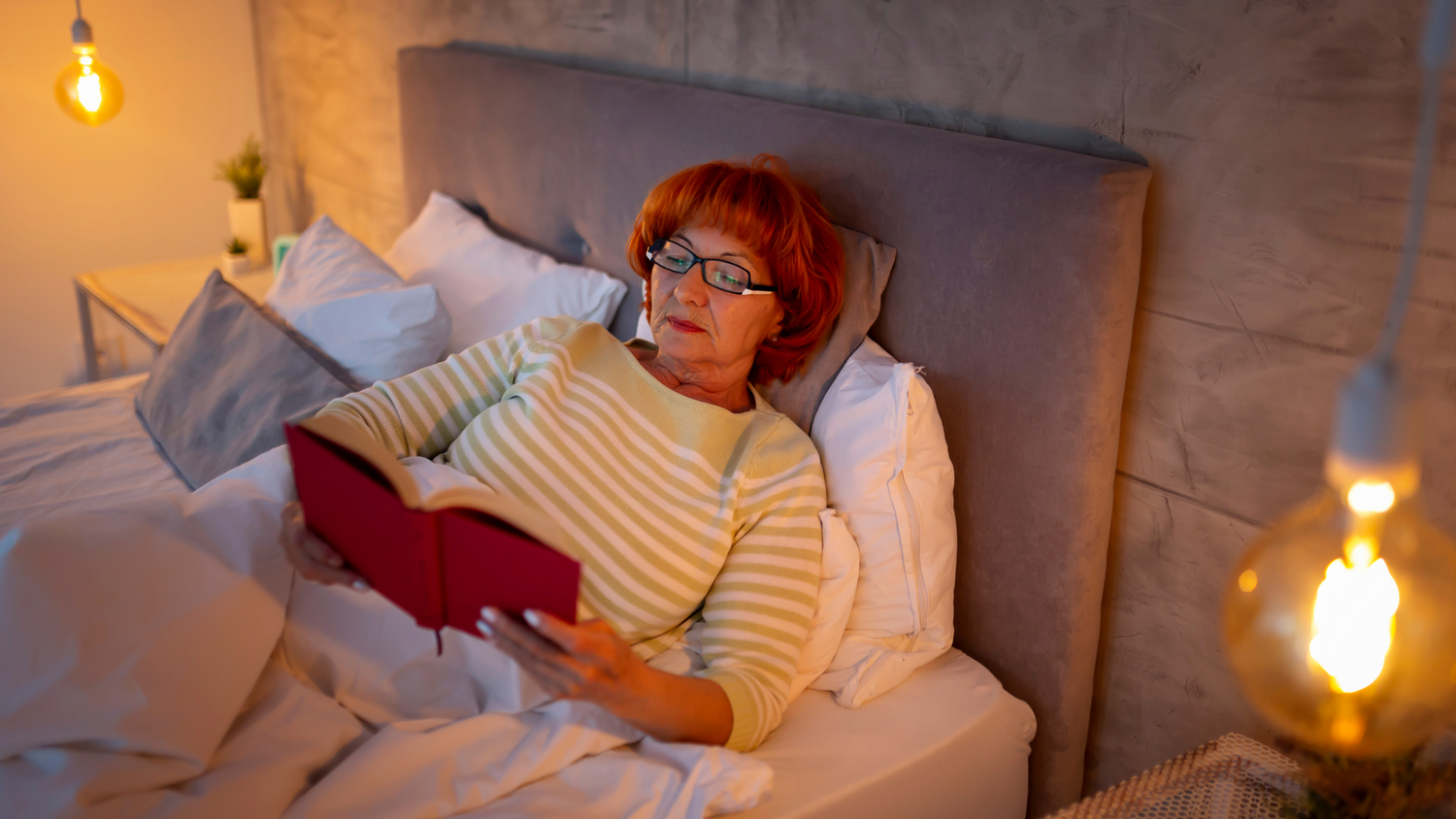Menopause is a transformative phase of life, bringing with it unique physical and emotional changes. Among these, many women notice an increase in joint stiffness, muscle tension, and occasional mood fluctuations. Building a regular stretching routine can be a game-changer, helping to ease discomfort, boost mood, and improve overall vitality. As a gentle yet powerful practice, stretching is a highly accessible way to support your well-being during menopause and beyond.
Why Stretching Matters During Menopause
Menopause often brings hormonal changes that can lead to joint discomfort and muscle tightness. The natural decrease in estrogen levels affects collagen production, which can impact joint health, leading to stiffness or a limited range of motion. Consistent stretching, however, can help counter these effects by keeping muscles flexible and joints mobile. Even just a few minutes of stretching each day can make a big difference in reducing physical discomfort, improving flexibility, and supporting your ability to move freely and comfortably.
1. Reducing Stiffness and Improving Flexibility
Aging and hormonal changes can make our bodies feel less agile than they used to be. However, stretching offers a simple solution. When done regularly, stretching helps to elongate muscles, easing tightness and stiffness in key areas like the hips, lower back, and shoulders. With each gentle stretch, you’re working to loosen up tight spots, improve range of motion, and keep your body feeling resilient.
Consider incorporating some of these stretches into your daily routine:
- Hamstring Stretch: Helps with lower back flexibility and releases tension in the legs.
- Cat-Cow Stretch: A classic yoga movement that stretches the spine and improves back flexibility.
- Child’s Pose: A gentle stretch for the hips and lower back, relieving tension after a long day.
2. Relieving Stress and Boosting Mood
The benefits of stretching extend beyond physical flexibility. Menopause can bring emotional challenges, such as stress or mood swings, and incorporating a stretching routine can help alleviate some of this tension. Stretching, particularly when paired with deep breathing, can engage the body’s relaxation response, reduce cortisol levels, and foster a sense of calm.
Consider using stretching as a part of your mindfulness practice by focusing on slow, deep breaths during each stretch. This meditative approach can turn your stretching routine into a calming ritual, supporting emotional balance and helping to manage stress effectively. This quiet time to yourself can offer a moment of peace, a chance to reset, and a way to maintain a more balanced, positive outlook.
3. Enhancing Circulation and Energy
Regular stretching also promotes healthy circulation. By gently moving your muscles, you encourage blood flow throughout the body, delivering oxygen and nutrients to your muscles and tissues. Improved circulation can lead to a range of menopausal health benefits, such as better sleep quality, boosted energy levels, and even a brighter mood. When blood flows efficiently, it helps to keep you feeling energized and can reduce the sluggishness that sometimes accompanies hormonal changes.
Try starting your day with a quick stretch session to awaken your body or end your evening with gentle stretches to help you wind down for better sleep. The increase in blood flow can provide an energy boost in the morning and support relaxation at night.
Creating a Stretching Routine: Small Steps for Big Benefits
Starting a stretching routine doesn’t have to be complicated or time-consuming. By committing just five to ten minutes each day, you can create a powerful wellness habit that enhances your quality of life. Here’s a simple guide to get you started:
- Pick a Time: Morning and evening are ideal times for stretching. A quick morning stretch session can help wake up your muscles, while an evening routine can help you relax and prepare for restful sleep.
- Focus on Key Areas: Pay attention to areas that tend to feel stiff, such as your neck, shoulders, lower back, and hips.
- Make it Enjoyable: Play some calming music, breathe deeply, and think of this time as a gift to yourself rather than another “to-do.”
- Be Consistent: Start small, and gradually increase the time or intensity as you feel comfortable.
When you frame stretching as a self-care moment, it becomes an enjoyable part of your day—one that you look forward to rather than see as a chore.
Embracing Small Steps for Long-Term Health
At Membrasin®, we’re here to support you on your wellness journey, encouraging you to find simple, nurturing ways to care for your body and mind through every phase of life. A regular stretching routine is just one of the many small steps that can help you feel your best as you move through menopause. Whether it’s flexibility, stress relief, or improved circulation, each stretch contributes to your long-term vitality.
Remember, incorporating stretching into your daily life is a journey, and every little bit helps. By taking these small, regular actions, you’re building a foundation of wellness that will serve you well into the future. Start the conversation with yourself: how can you create time each day to nurture your body and mind? This commitment to self-care, even in small doses, has the power to transform your experience and keep you feeling vibrant and well.





